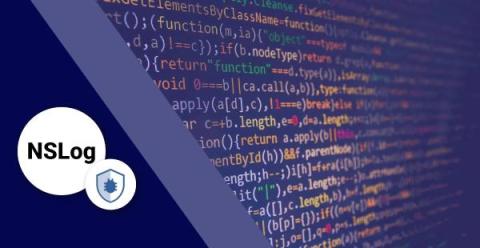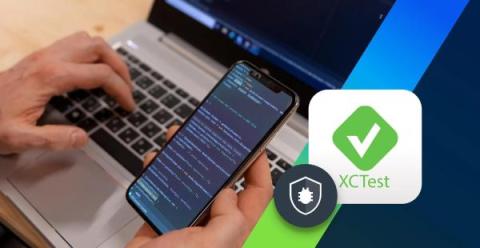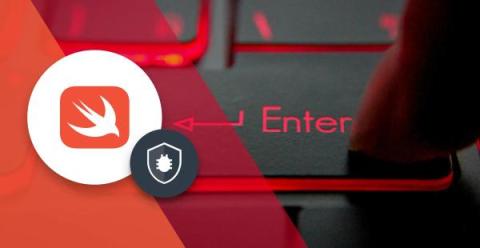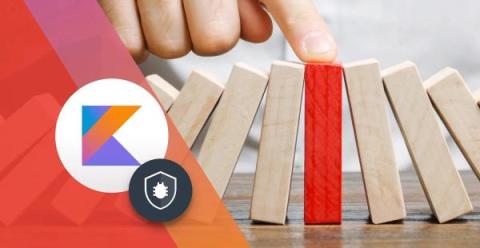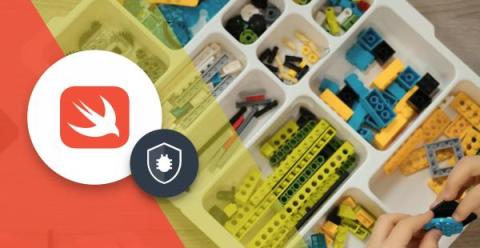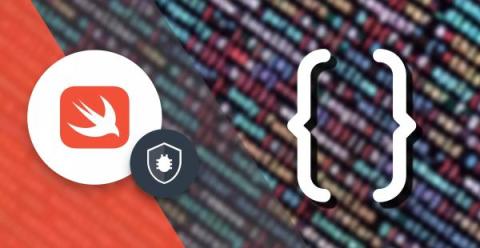NSLog and You: Learning How and When to Use It
NSLog is a very useful function call that iOS developers are able to utilize, and it is one of the most common development tools used to debug iOS apps. Among other things, NSLog can be used to check the value of variables, log any notes that you need to make, and check for errors when you do not have a debugger available. While NSLog is fairly handy, it is not a universal tool that can solve all of your programming problems.


